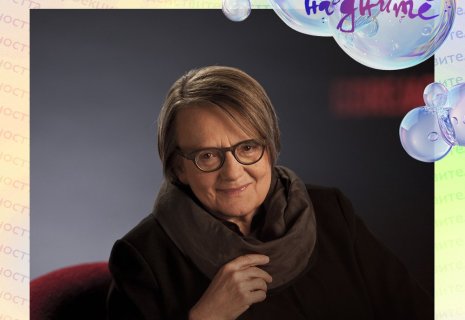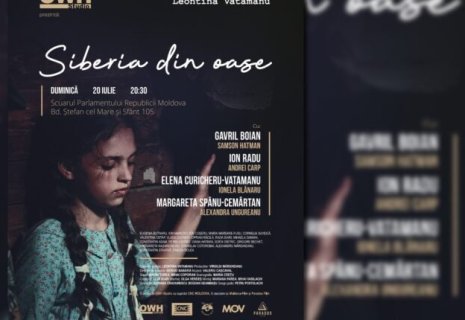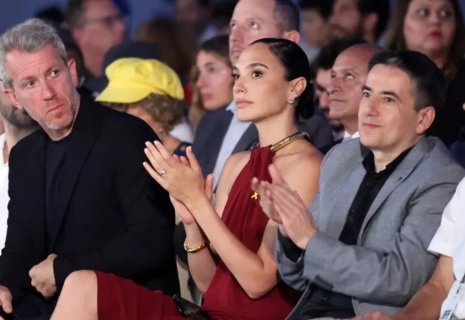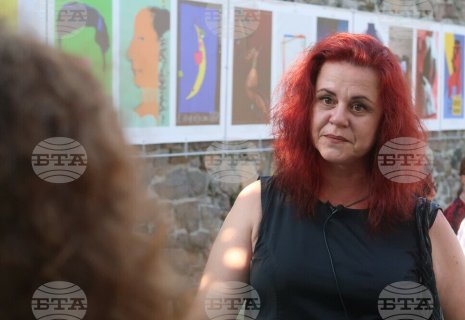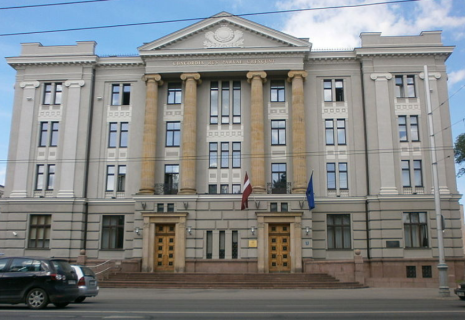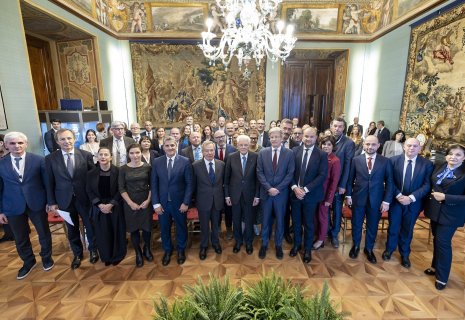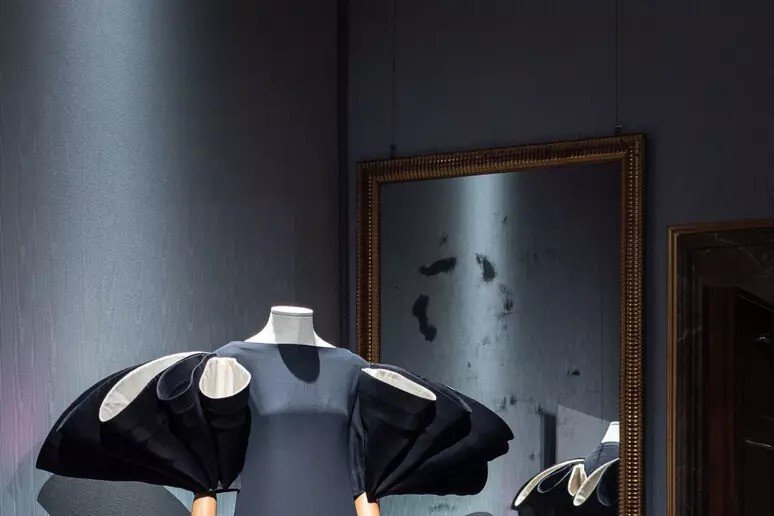
Florence’s Fashion Museum Refreshes Collection with Rare Pieces
Exactly one year after the reopening of the renovated Museum of Fashion at Palazzo Pitti in Florence, the 20th-century selection changes, presenting a new chapter in the history of costume, CE Report quotes ANSA.
A total of 40 garments are on display, some of which have never before left the museum’s storage. They are arranged by era, from the 1920s to today. Each room features a painting that enters into dialogue with the displayed fashion.
“This new selection of garments,” explains Simone Verde, director of the Uffizi Galleries, “tells the story of 20th-century fashion as a visual and cultural language, in constant dialogue with painting and the arts.
Fashion thus reveals itself not only as a mirror of the evolving role of women, but also as a heritage of forms, materials, and visions that accompany and enrich the figurative narrative of art.”
The first room is dedicated to the 1920s and the lively, exuberant Charleston fashion. On display is a triptych by Galileo Chini alongside a dress worn by the painter’s wife for the premiere of Turandot at Teatro La Scala in Milan on April 25, 1926. Next to it are typical flapper girl looks: lightweight and exotic-accented dresses in fine silks, sometimes featuring motifs inspired by China, Japan, and India.
Two rooms follow, focused on fashion between the wars, with deco-inspired dresses and styles drawn from the glamorous cinema of the 1930s by couturiers such as Madame Vionnet. These are more austere looks, aligned with the cultural and political atmosphere of the time, favoring understated elegance. This section features Felice Casorati’s painting The Stranger.
The exhibition continues with postwar fashion: among corsets and circle skirts is a rare dress by a young Yves Saint Laurent, created for Christian Dior (which he led from 1957), and three dresses, including a Gattinoni, once worn by Ingrid Bergman.
Next are three rooms entirely dedicated to the 1960s and ’70s, featuring trapeze silhouettes and Space Age looks with futuristic aesthetics, signed by André Courrèges, André Laug, and Pierre Cardin.
The final room is devoted to Roberto Capucci’s sculptural dresses and Enrico Coveri’s iconic sequin looks.
The new setup, on view starting today, will remain for about a year. The goal is to renew the exhibit annually, rotating pieces from the archive, which currently holds about 15,000 items, including garments and accessories.



